There's a shift happening in Apple's design philosophy, and the iPhone 18 Pro Max is about to be the poster child. Rumors suggest it could become the heaviest iPhone Apple has sold, breaking the 240-gram barrier that has stood since the iPhone 14 Pro Max. Heft is in. According to Croma Unboxed, it will exceed 240 grams, which will make it the bulkiest iPhone in the company's history.
Thickness tells the same story. The iPhone 18 Pro Max is rumored to measure around 9mm, compared to the iPhone 17 Pro Max's 8.8mm profile. In a category where a fraction of a millimeter changes the feel in your hand, that is a deliberate step away from the "thinner is better" mantra of the past decade. Pocketable, yes. Featherweight, no.
What's driving the size increase?
Apple's priorities are showing; the bulk is a trade for capability. The headline change is a battery system that aims to reset expectations. The iPhone 18 Pro Max is rumored to feature an exclusive steel-cased battery system, technology pulled from playbooks more common in premium electric vehicles than in phones.
That reported steel enclosure does two jobs that explain the weight. It allows more aggressive battery chemistry that would be unsafe in typical aluminum housings, and it forms a thermal base that ties into the phone's broader cooling setup. Think of it as a pocket-sized power plant, built to sustain peak performance far longer than current devices.
Heat is tackled elsewhere, too. The device will supposedly incorporate a stainless steel vapor chamber cooling system, which brings serious heat dissipation to a consumer phone. The point is not just comfort. It is keeping the A20 chip at full tilt during long 4K video edits, advanced AI processing, or marathon gaming sessions without the familiar slump.
Camera innovations demand more space
As per analysts, photography is getting its biggest hardware shake-up since Apple's early computational push. The iPhone 18 Pro Max will supposedly introduce variable aperture technology to the main camera, giving users manual control for the first time on an iPhone. Want more light for a night street scene, then stop down for a sharp group shot in daylight? That is the idea. Simple, and surprisingly empowering.
Variable aperture needs precision mechanics, not just software tricks. Instead of a fixed opening, the camera adds motorized iris parts, position sensors, and calibration hardware that must hold perfect alignment across millions of captures. Those pieces take space, plain and simple.
The telephoto system benefits, too. The rumored 48-megapixel telephoto shooter will feature a larger aperture, which calls for bigger sensor elements and more complex lens assemblies. Larger sensors gather more light and detail, wider apertures improve low light and add real background blur. All of it needs room inside the frame.
Display technology gets a major overhaul
The front-facing display is another major lift, the kind that recalls the original Face ID rollout. The rumored move to hole-in-active-area (HIAA) display technology relies on laser micro-drilling tiny holes inside the active pixel field. The result is an ultra-compact opening with Face ID components shifted under the display.
That leap forces new calibration and layouts. Face ID now has to project thousands of infrared dots through the display stack, so Apple layers in hardware for light transmission tuning, beam coherence, and sensor calibration. The clean little hole-punch on top hides complexity that feels closer to pro optics than phone trivia.
Screen sizes will supposedly stay put, the Pro at 6.3 inches and the Pro Max at 6.9. What changes is the under-display biometric hardware, which needs pixel-level alignment with the infrared projection system to work invisibly.
The performance and connectivity trade-offs
Performance gains bring their own costs in space and heat, which is why the cooling work above matters. The rumored A20 chip built on TSMC's advanced 2-nanometer process promises a big jump, yet packing billions of smaller transistors into the same slice of silicon still pushes temperatures up under sustained load. Hence, the steel battery structure and vapor chamber feel less like bonuses and more like requirements.
Connectivity is another big swing. As per analysts, the phones will use Apple's new C2 series 5G modem, a step away from Qualcomm. First-generation parts usually need extra space for power management, signal processing, and thermal control before they can be shrunk. Early days, bigger footprints.
Memory adds to the stack. The standardization on 12GB of RAM across the lineup means more modules, stronger power delivery, and tighter memory management circuitry. More capability, more heat, more space.
What this means for the iPhone's future
All of these point to a clear bet: users will trade a little sleekness for a lot more headroom. The iPhone 18 Pro and Pro Max's September 2026 launch gives Apple time to sand the rough edges, but the core choices signal a long-run strategy, not a one-off detour.
The steel battery alone could set new benchmarks for power delivery and thermal control. Pair that with variable aperture cameras, and you get photography that nudges into workflows once reserved for dedicated gear. Add the advanced cooling, and sustained peak performance becomes the norm, not a two-minute sprint.
Bottom line, the iPhone 18 Pro Max grows heavier and thicker, on purpose. Apple is betting people will accept the heft in exchange for capabilities that used to be off-limits to a pocket device. It does not read like Apple losing its design edge; it reads like a company dropping an old constraint to make room for something bigger.









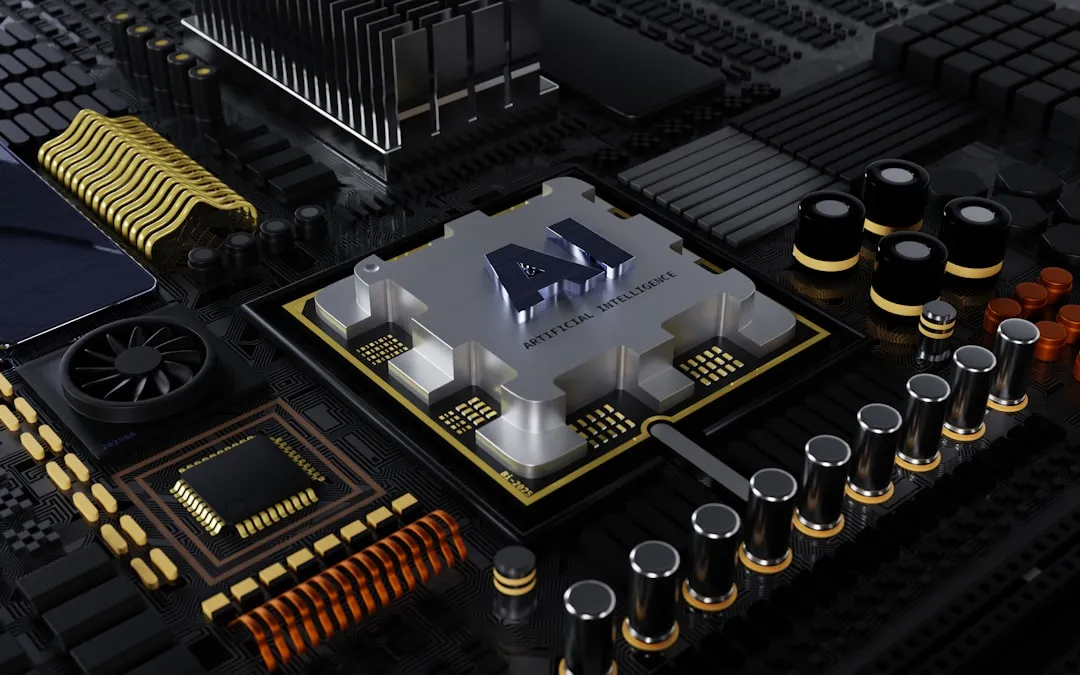
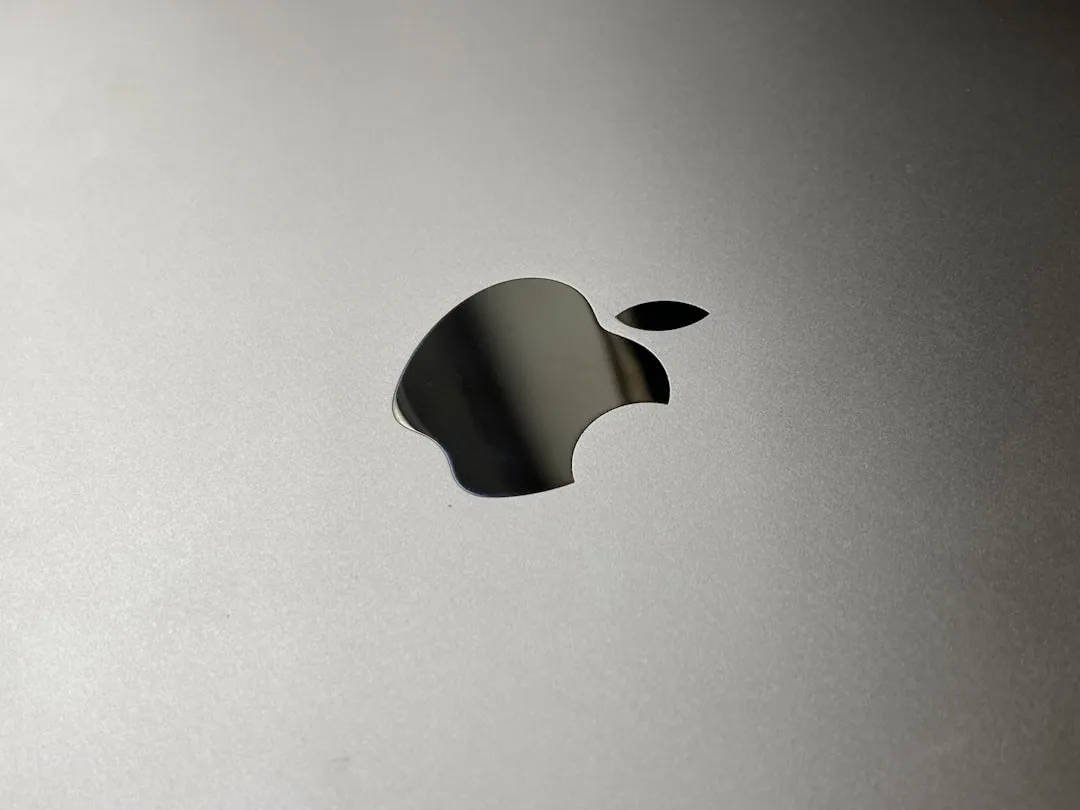
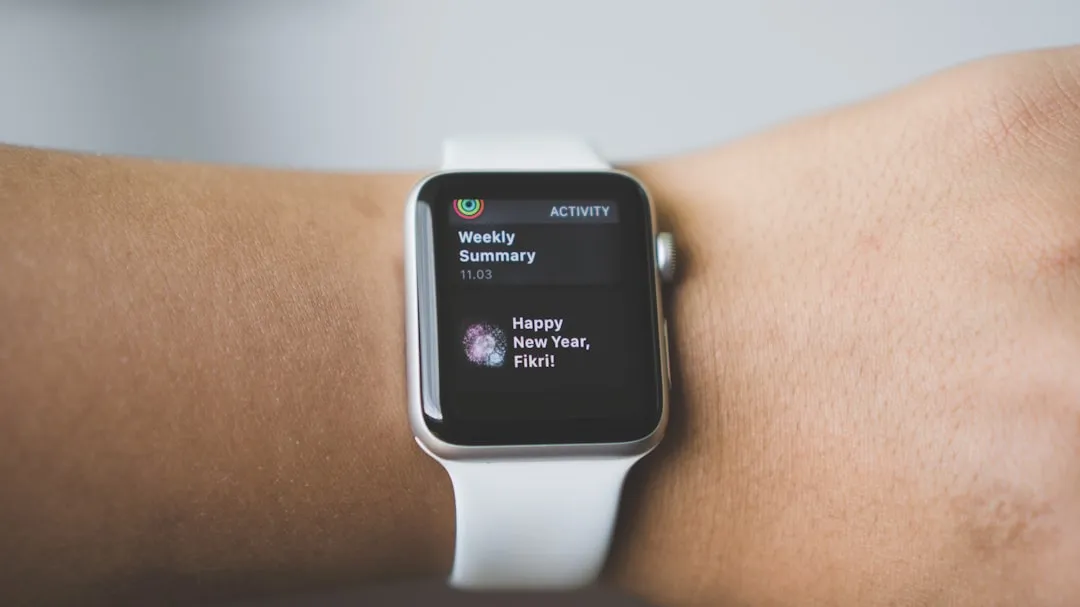
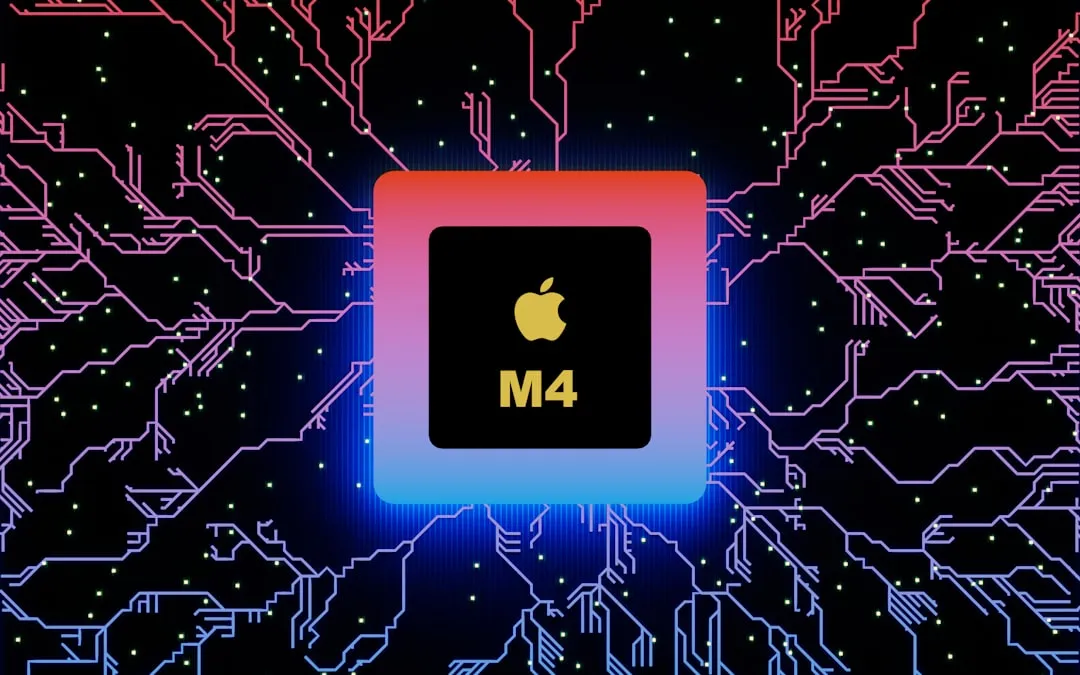






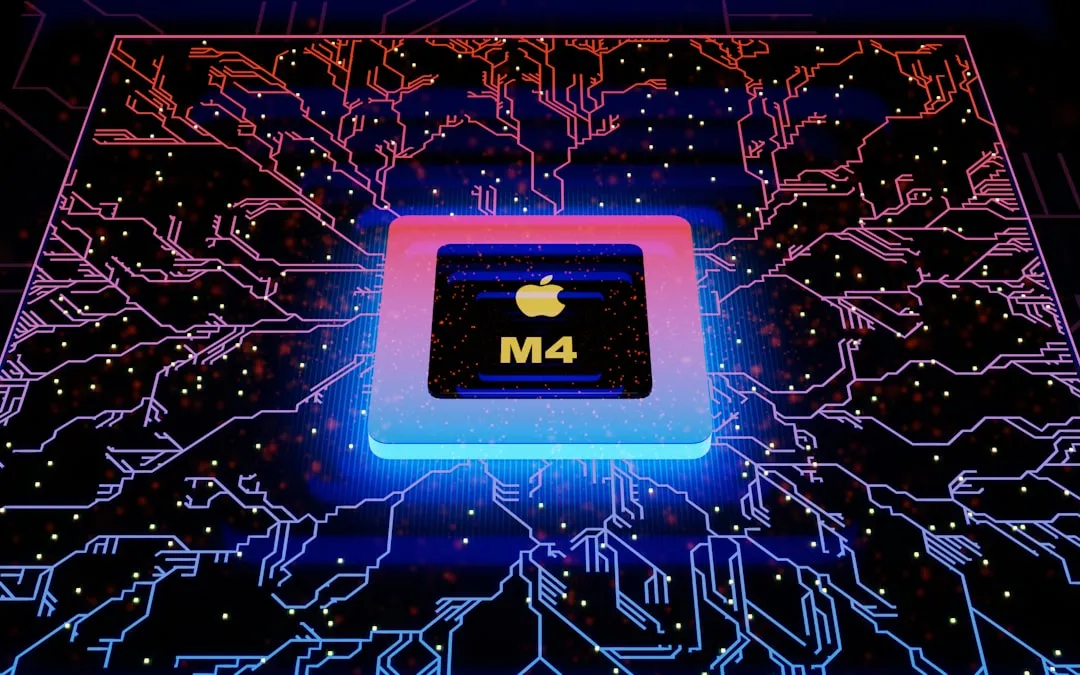


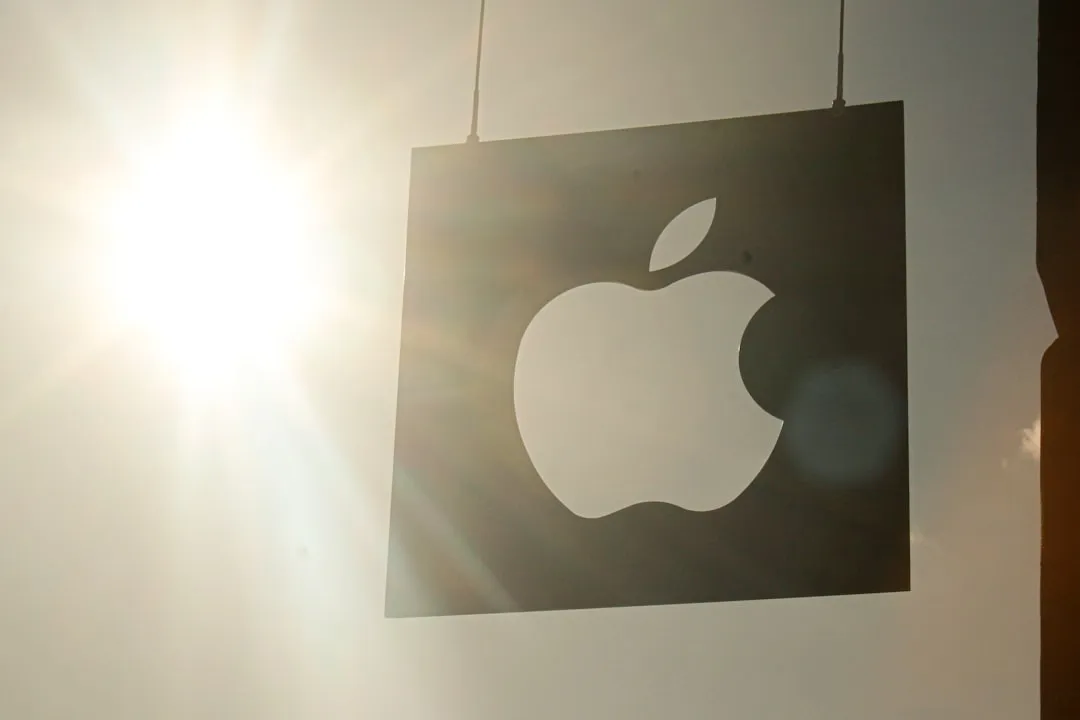
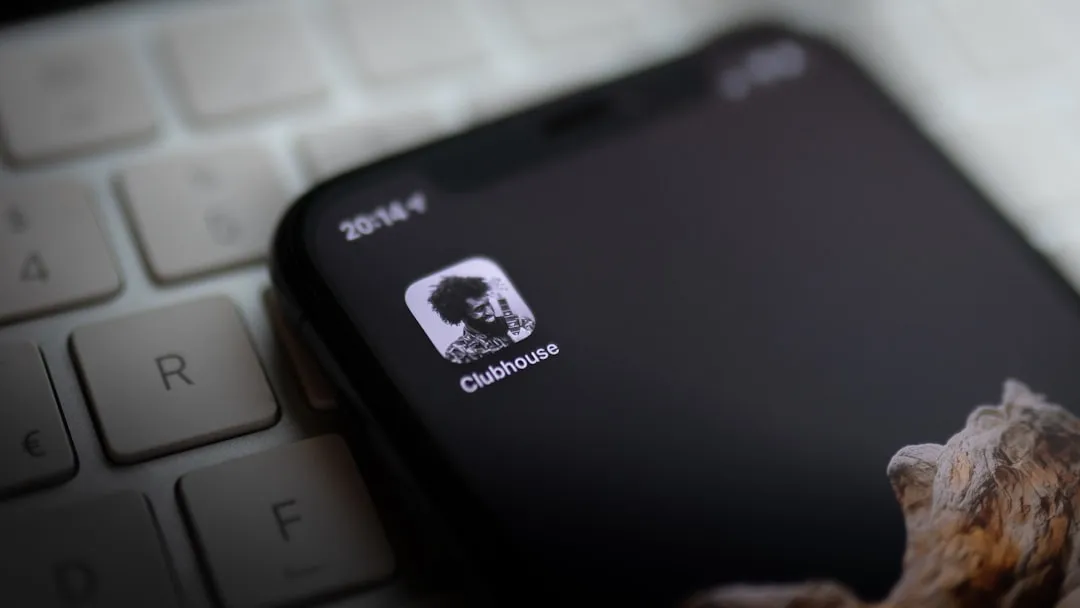
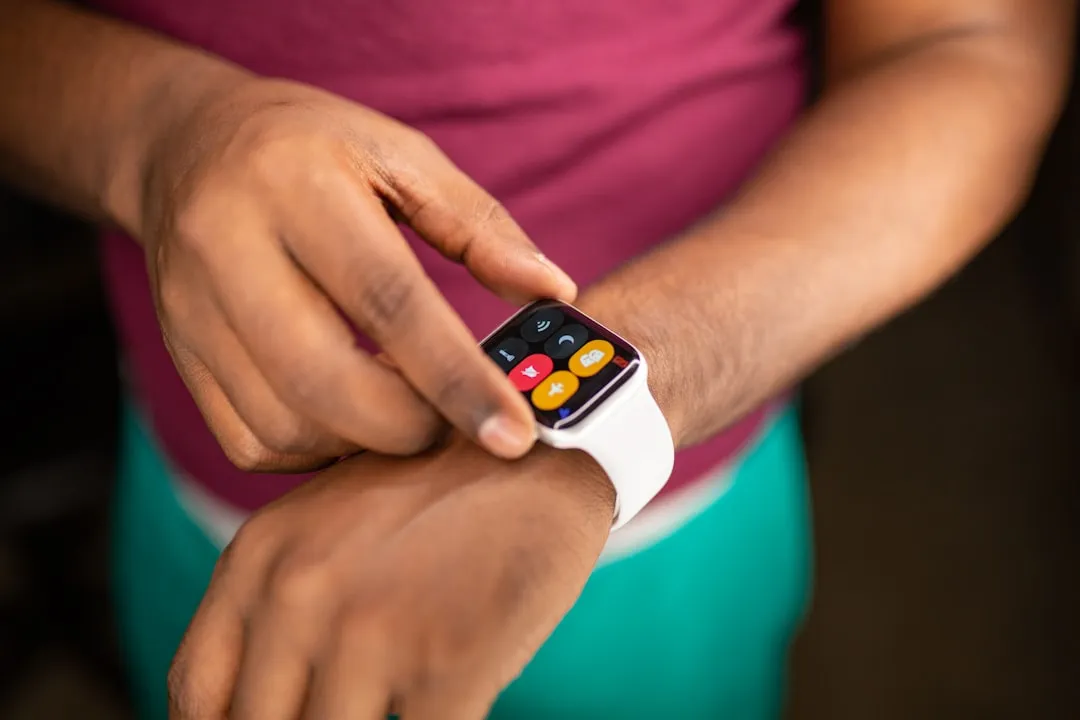

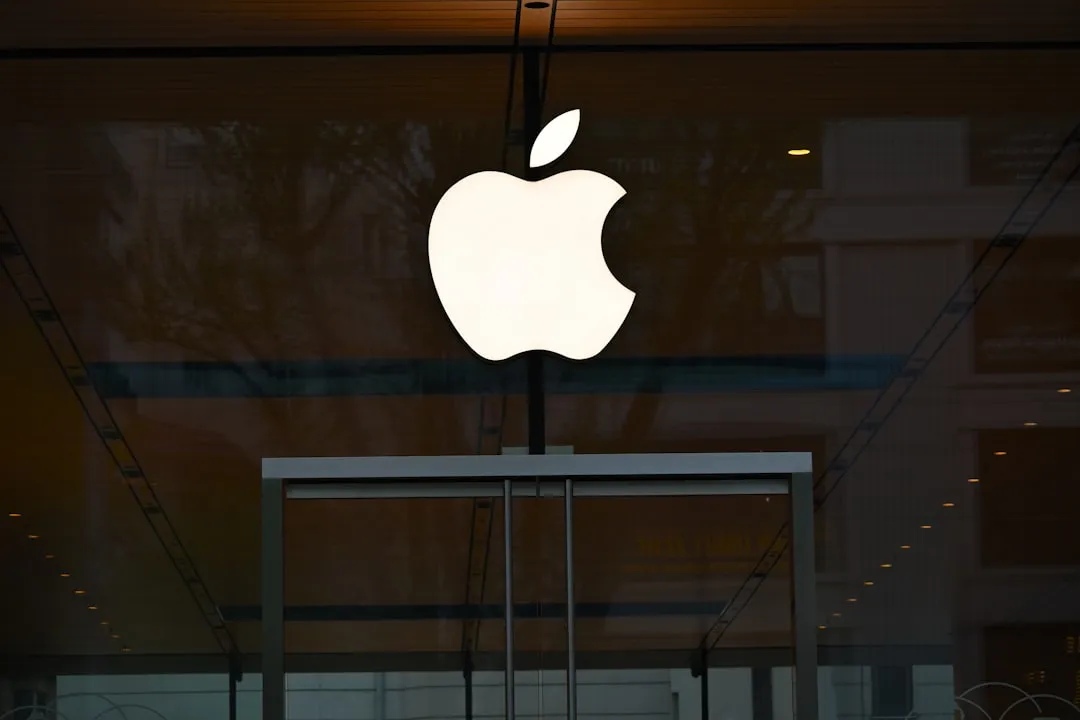

Comments
Be the first, drop a comment!